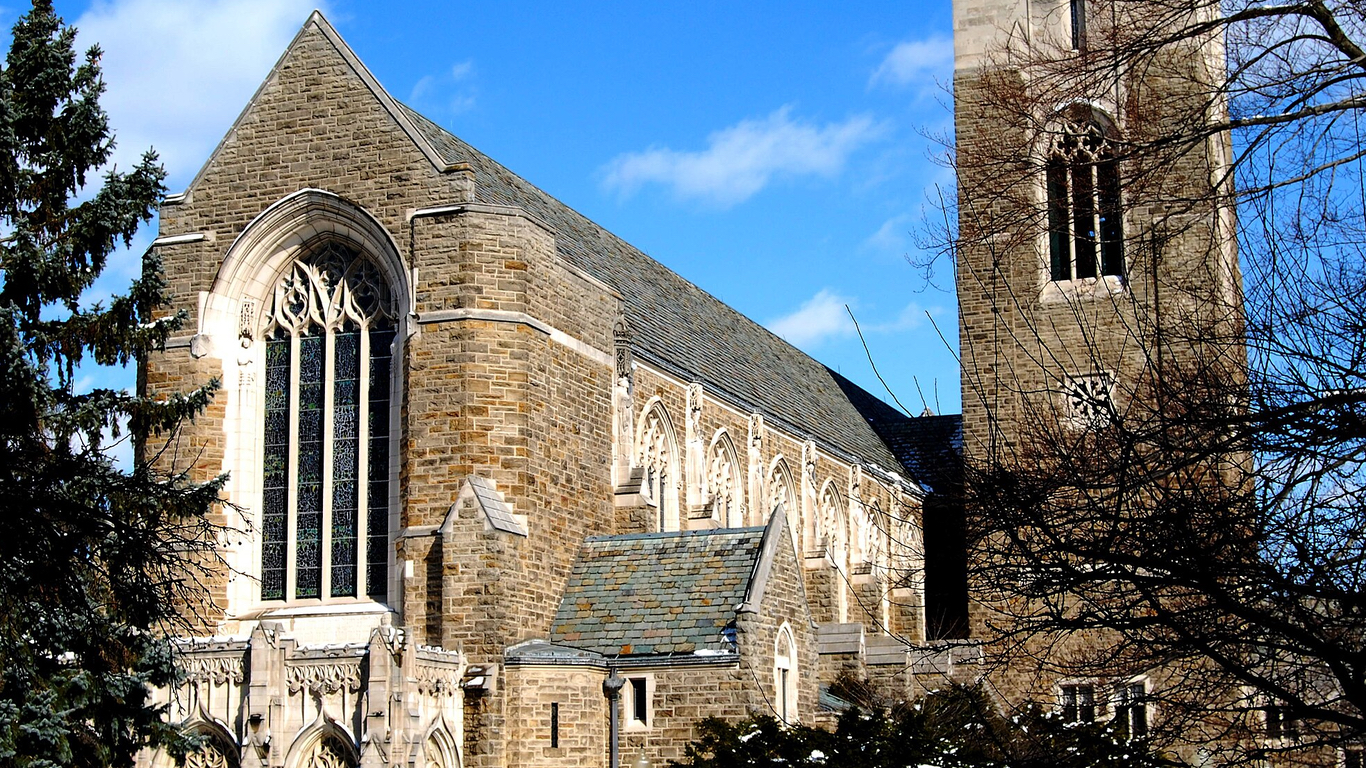
Bertram Grosvenor Goodhue was a renowned American architect whose career spanned the late 19th and early 20th centuries. Born on April 28, 1869, in Pomfret, Connecticut, Goodhue’s passion for architecture would lead him to create a diverse portfolio of buildings and leave a lasting impact on the architectural landscape of the United States.
Goodhue’s early years were marked by a deep appreciation for art and design. He studied at the New Haven Collegiate and Commercial Institute. These formative years laid the foundation for his future success as an architect.
Upon his return to the United States, Goodhue embarked on a career that showcased his versatility and innovative approach to design. He collaborated with prominent architects of the time, in particular Ralph Adams Cram, and together they formed the influential architectural firm of Cram, Wentworth and Goodhue that left an indelible mark on American architecture.
Goodhue’s work was characterized by his ability to blend traditional architectural styles with modern influences, resulting in a distinct and unique aesthetic. He embraced elements of Gothic Revival and Romanesque architecture, while also incorporating Art Nouveau and Spanish Colonial Revival motifs. This eclectic approach allowed Goodhue to create buildings that were both visually striking and functional.
One of Goodhue’s most notable achievements was his involvement in the design of several iconic buildings, including the Nebraska State Capitol in Lincoln, Nebraska. Completed in 1932, the Capitol showcases Goodhue’s mastery of architectural design and his ability to create grand, monumental structures that capture the spirit and identity of a place.
Another notable example of Goodhue’s work is the Los Angeles Central Library in California. Completed in 1926, the library is a masterpiece of Beaux-Arts and Art Deco design, blending classical elements with modernist touches. The library’s iconic tower and intricate detailing are testaments to Goodhue’s skill and attention to detail.
Goodhue’s talent extended beyond individual buildings. He was also involved in the design of entire communities, such as the master plan for the California Institute of Technology (Caltech) campus in Pasadena, California. His vision for Caltech incorporated a harmonious relationship between buildings and the surrounding natural environment, creating a cohesive and inspiring campus setting.
Tragically, Goodhue’s career was cut short when he passed away at the age of 53 in 1924. However, his influence and legacy live on in the many buildings and spaces he designed. His commitment to craftsmanship, his innovative approach to design, and his ability to blend diverse architectural styles have made him an enduring figure in American architecture.
A visionary architect, Bertram Goodhue work left an indelible mark on the architectural landscape of the United States. His ability to seamlessly blend traditional and modern design elements, his attention to detail, and his commitment to creating inspiring spaces have solidified his place among the great architects of his time. Goodhue’s contributions to the field of architecture continue to be celebrated and admired, showcasing his lasting impact on the built environment.
Select Projects:
Nebraska State Capitol, Lincoln Nebraska
St Vincent Ferrer, New York NY
National Academy of Sciences, Washington DC
Grolier Club Library, New York NY
Los Angeles Central Library, Los Angeles CA
Rockefeller Chapel, Chicago Illinois
Ford Hall, Rutgers University
St Marks Episcopal Church, Mt Kisco NY
St Thomas Church, New York NY
St Bartholomew’s Church, New York City
Virgnia Military Institute, Lexington Virginia
Kitchi Gammi Club, Duluth Minnesota
Church Of The Advent, Boston MA